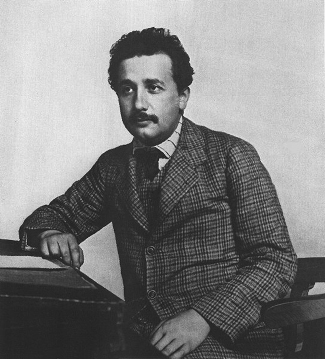| << Chapter < Page | Chapter >> Page > |
By the end of this section, you will be able to:
Most stars end their lives as white dwarfs or neutron stars. When a very massive star collapses at the end of its life, however, not even the mutual repulsion between densely packed neutrons can support the core against its own weight. If the remaining mass of the star’s core is more than about three times that of the Sun ( M Sun ), our theories predict that no known force can stop it from collapsing forever! Gravity simply overwhelms all other forces and crushes the core until it occupies an infinitely small volume. A star in which this occurs may become one of the strangest objects ever predicted by theory—a black hole.
To understand what a black hole is like and how it influences its surroundings, we need a theory that can describe the action of gravity under such extreme circumstances. To date, our best theory of gravity is the general theory of relativity , which was put forward in 1916 by Albert Einstein.
General relativity was one of the major intellectual achievements of the twentieth century; if it were music, we would compare it to the great symphonies of Beethoven or Mahler. Until recently, however, scientists had little need for a better theory of gravity; Isaac Newton’s ideas that led to his law of universal gravitation (see Orbits and Gravity ) are perfectly sufficient for most of the objects we deal with in everyday life. In the past half century, however, general relativity has become more than just a beautiful idea; it is now essential in understanding pulsars, quasars (which will be discussed in Active Galaxies, Quasars, and Supermassive Black Holes ), and many other astronomical objects and events, including the black holes we will discuss here.
We should perhaps mention that this is the point in an astronomy course when many students start to feel a little nervous (and perhaps wish they had taken botany or some other earthbound course to satisfy the science requirement). This is because in popular culture, Einstein has become a symbol for mathematical brilliance that is simply beyond the reach of most people ( [link] ).

So, when we wrote that the theory of general relativity was Einstein’s work, you may have worried just a bit, convinced that anything Einstein did must be beyond your understanding. This popular view is unfortunate and mistaken. Although the detailed calculations of general relativity do involve a good deal of higher mathematics, the basic ideas are not difficult to understand (and are, in fact, almost poetic in the way they give us a new perspective on the world). Moreover, general relativity goes beyond Newton’s famous “inverse-square” law of gravity; it helps explain how matter interacts with other matter in space and time. This explanatory power is one of the requirements that any successful scientific theory must meet.

Notification Switch
Would you like to follow the 'Astronomy' conversation and receive update notifications?